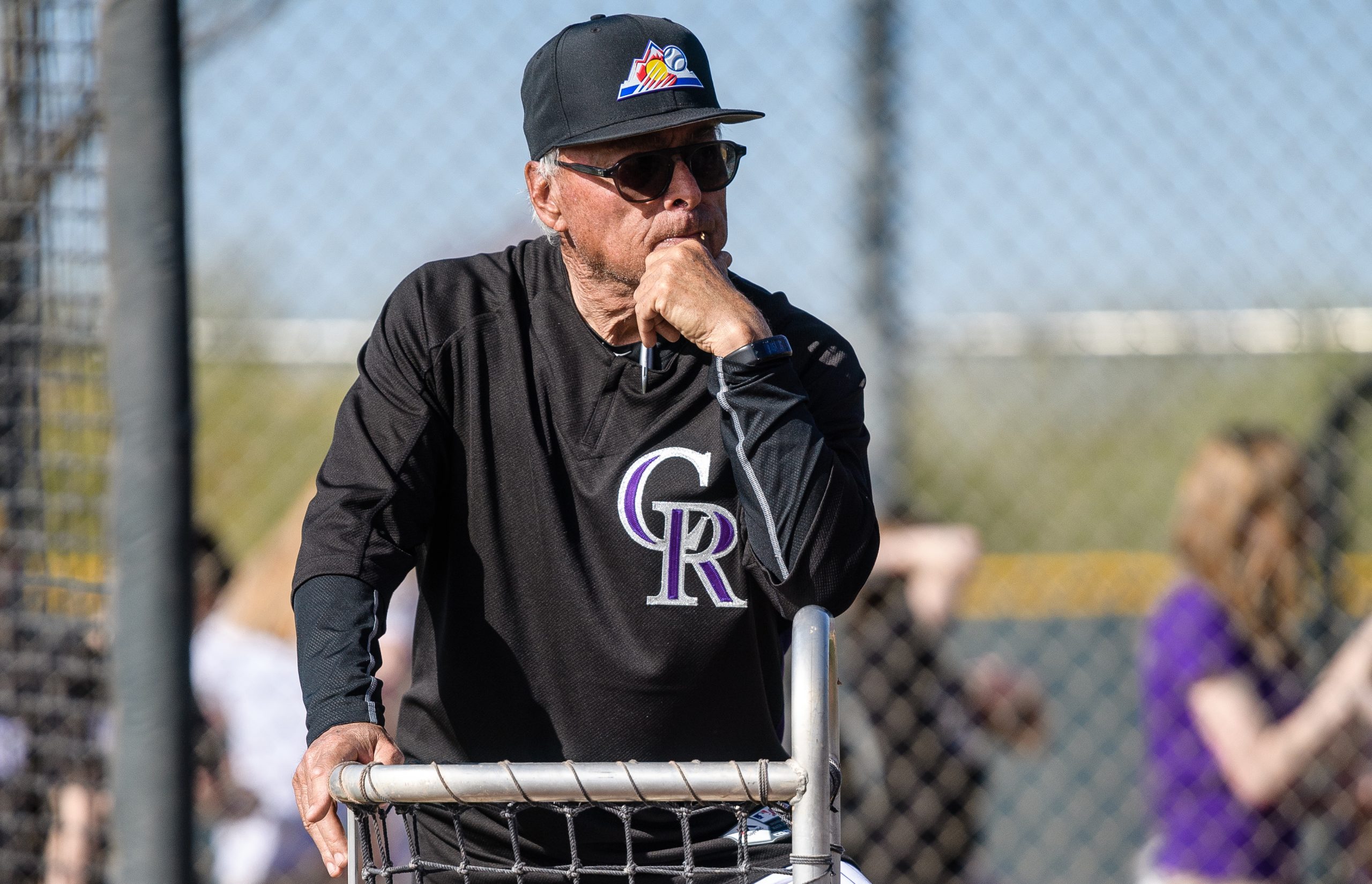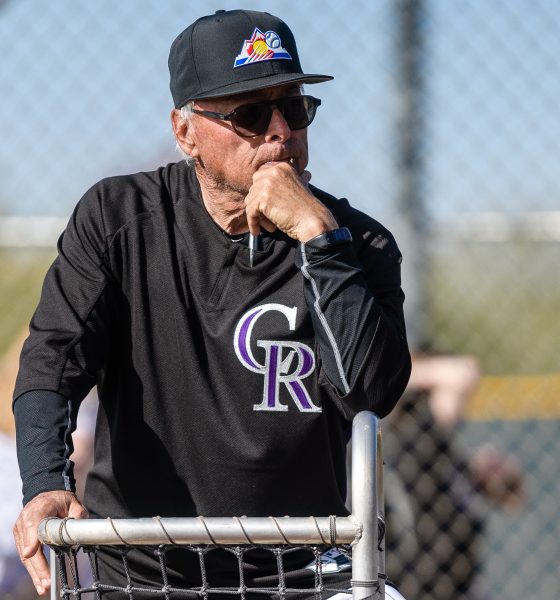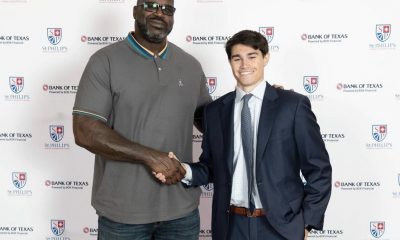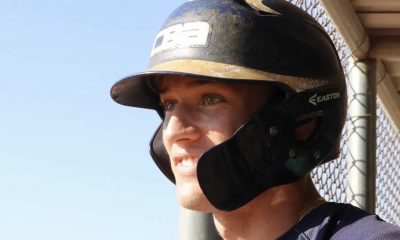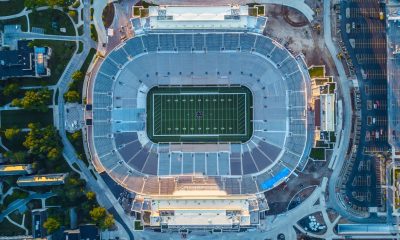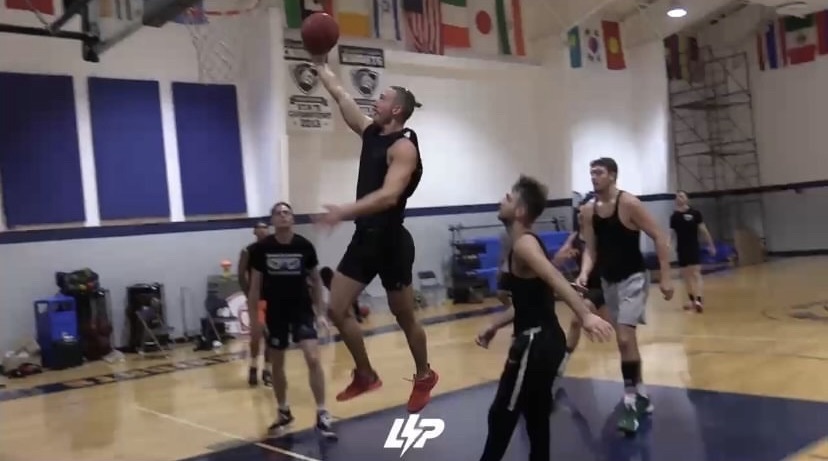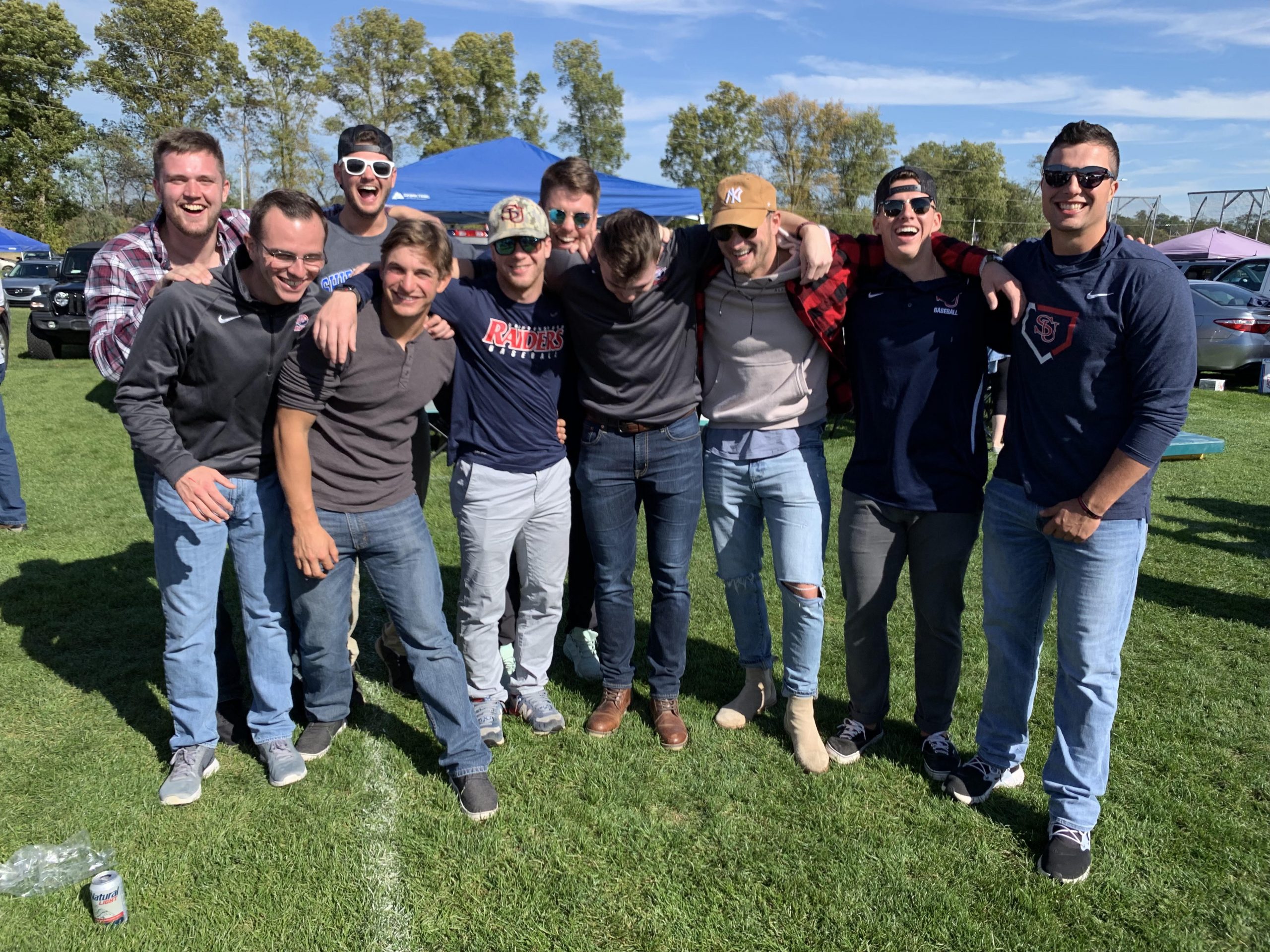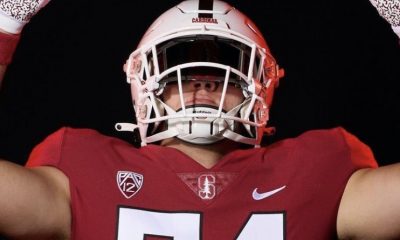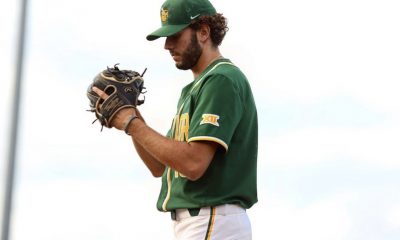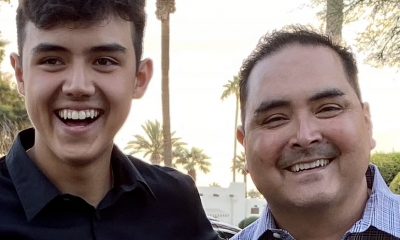How do I get better?
Growing up not too far from Chicago, the Bulls last 3-peat sparked my love for the game of basketball.
I wanted to be a great basketball player like MJ, Scottie, and Rodman, BUT I had no clue how to get there.
I did know that I had a lot of work to do, so I headed outside to work on my game. Every day I got shots up and worked on my handles. The sun going down was the only thing that prevented me from being on the court all night. Working on my game for 6 hours in a single day was common for me. My parents led the example of working hard, but neither of them played basketball, so it was on me to find the answers on how to improve.
I didn’t know at the time, but 6 hours a day is a great way to overtrain and prevent yourself from improving at a fast rate. It did build mental strength, which is why I was able to get honors in high school for basketball, but it came at the expense of my athleticism. My collegiate coach called me “the most unathletic player he coached in 40 years,” and he wasn’t mean. It was very accurate. I shouldn’t have even played in college, but I wouldn’t take no for an answer, and I outworked everyone to build trust from my team and coaches.
College was when I started to lift weights to build strength and put on size for my 6’4 150 lb frame. I had no clue what I was doing, and my college didn’t have a strength program, so I spent hours researching how to get better. If I wasn’t on the court, I was studying and studying the greats. I even obtained my exercise science degree and CSCS cert. If someone said they were getting results, then I did everything in my power to learn from them. Not only was I very un-athletic, but I was also constantly getting injured. Spraining my ankles every week, shin splints, torn meniscus, Osgood Schlatter’s and patellar tendonitis, as well as a lower back fracture, was my reality upon graduating college. I tried to play lower-level pro, but I was too slow and too hurt to make any impact. After two years, I decided to use what I learned to help others, and I transitioned to training athletes full-time.
I always trained like I was still playing pro ball because I wanted to experience what I was telling my athletes to do. My athletes kept getting excellent results, but my injuries never fully healed. At one point, I had to take over a year off from playing basketball, even just shooting around. It was one of the most challenging times of my life. I told myself that I would do everything I could so no one would have to experience the pain and suffering I went through.
The darkest dark is proper before the light.
I was depressed, injured, and lonely in my quest to find the best ways to improve fast and safely. That was when I stumbled upon my brother Ben’s Instagram @kneesovertoesguy.
The truth was Ben was training his knees over his toes, something that my education told me not to do. I knew he was onto something by how he moved on the court after all of his injuries. I wasted no time and messaged him on Instagram, asking for his help.
This is something I’ve come to learn: if someone has real answers that can help others, they will gladly help you if you are respectful and show that you are willing to put in the work. I did exactly what Ben suggested. Within the first week of doing his ATG online program, Knee Ability, the pain started to go away. It was an unreal experience. I had gone the majority of my life moving with pain and had completely forgotten what it was like to move pain-free. I started using ATG methods with my athletes and despite them already getting good results, the results have never been. I even had an athlete go from a 20″ vertical to a 32″ in one off-season!
I might be the oldest athlete to get their first in-game dunk at the young age of 33! I always had the belief, and even though sometimes doubt would creep in, it never stopped me from relentlessly pursuing.
Now, I’m entirely pain-free and helping athletes around the world get pain-free themselves. “Pain-free sets the gains free” is something Ben has said that I’ve seen not only in myself but all the athletes we’ve trained.
YOUR POWER IS GREATER THAN EVEN YOU MAY REALIZE
David Mariani
